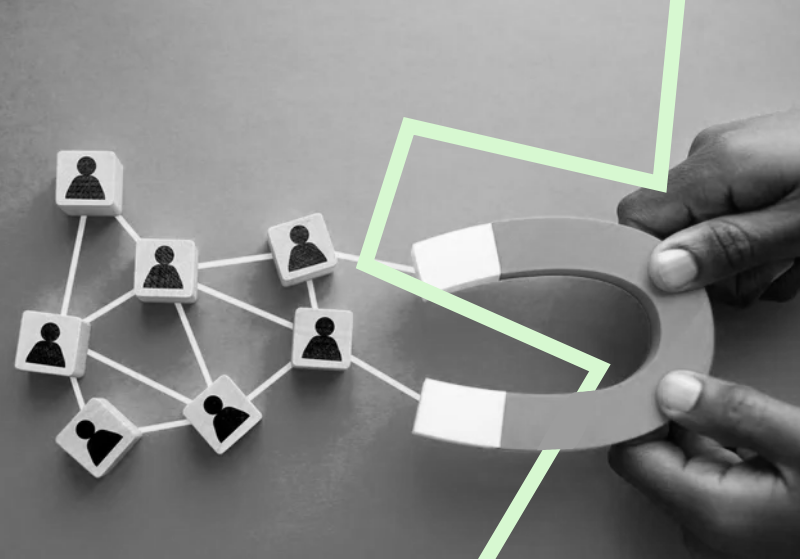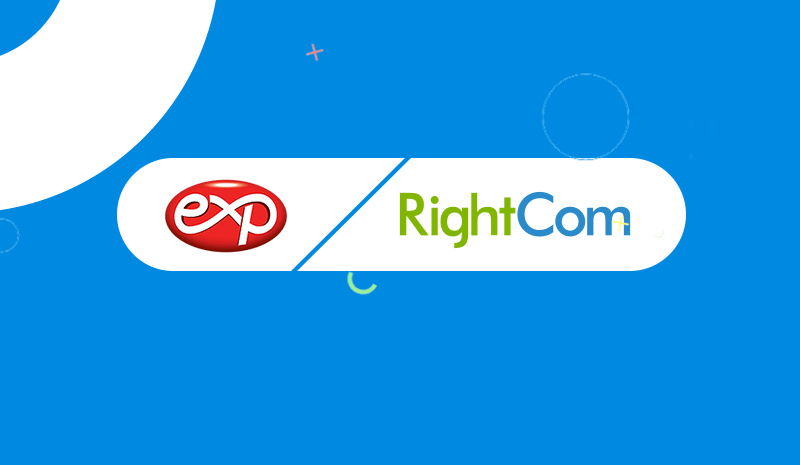Customer retention is one of the most important aspects of your business. It allows you to grow and build your brand, but it also provides stability for employees who want to stay with their company. When it comes to customer retention strategies, there are many different ways that you can use them. Some are more effective than others, depending on what you’re trying to accomplish with them. In this article, we will look at the seven best call center customer retention strategies that can help keep your customers coming back!
Anticipate customer needs
You know your customers, but does that mean you can anticipate their needs? You might think so; after all, when someone says “I need X,” you assume that they’re talking about something specific. But this is rarely the case—and if it is, it’s often because of some kind of misunderstanding or miscommunication between caller and agent. While we can’t entirely eliminate the possibility of making assumptions in our communications with customers (it’s human nature), there are ways to minimize them and increase the likelihood that our agents will actually understand what their callers need and want from us.
One way we’ve found helpful is by listening carefully during calls with our customers instead of trying right away to come up with solutions based on what we think they might want or need. Instead of giving advice or telling people exactly how things should work out—which may not even be true anyway!—we find ourselves asking better questions: What else do I need help with? How else could I assist them today? “
Reducing customer effort
Reducing customer effort is a key part of customer retention. Reducing effort means reducing the amount of time it takes for customers to complete a task or interaction with your company, and this can be accomplished in several ways. For example;
- Simplifying processes so that they are easy to learn and use
- Making processes more uniform across all departments (e.g., sales) or areas within departments (e.g., marketing)
Apologize Appropriately
Customers are more likely to forgive you when they feel that the apology is genuine and not just a way of avoiding responsibility. If you have an issue with your product or service, it’s important that you apologize promptly and sincerely. You can use one of these words in your apology: “I’m sorry.” “I’m sorry we miscommunicated,” or “I’m sorry that this happened.” In addition to apologizing for inconveniences (such as inaccurate information), make sure that there’s no room for doubt about how much responsibility lies with yourself as well—and how much blame lies with others. For example, “This wasn’t supposed to happen.” Or: “We apologize for any inconvenience caused by our error.”
Turn Negative Emotions Into Positives
You can turn negative emotions into positive ones by helping your customers feel better about themselves. For example, if a customer is having trouble getting through to someone on the other side of the country and they’re frustrated, you could offer them some advice or tips on how they can best handle their situation. You may also find that there are times when customers will express their frustration with an issue—but this doesn’t mean you should make things worse! Instead of just ignoring these complaints (which would only create more tension), use them as an opportunity to educate the customer and show them what they need to do next time around.
Customer Feedback System
Customer feedback is one of the most important ways to improve your business and ensure that you are providing a great customer experience. To get started, make sure you have a way to track customer feedback. This can be as simple as using a survey software to capture all of your customers’ experiences with your company. You should also be able to quickly access this information when needed so that any problems can be addressed immediately.
Once you’ve set up this system, use it! It may seem obvious, but making sure that customers feel heard and respected will go a long way toward keeping them happy with their purchases from now on. If something goes wrong after they purchase something from you (and chances are good that it will), then give them some guidance on how to best handle the situation so they don’t end up feeling frustrated or upset about what happened.
Use the right offer
Offer incentives. There are many ways to reward your customers for their loyalty, including
● Free trials (if you’re selling a product or service)
● Discounts on future purchases (if you’re offering a product or service)
● Gift cards/certificates that can be used as incentives when they shop with you again in the future.
Conduct an “exit survey”
Conduct an “exit survey”. The exit survey is a simple questionnaire that you send out to customers who have left your company or service in the past 30 days. You can ask them why they are leaving, what they liked about their experience with your company, and what they would like to see improved upon in future products/services. Asking questions like these will help you understand more about why people leave, which will allow you to better serve them when they do return (if ever).
So how do you use these takeaways? If you’re an established call center, or if you’re just starting out and want to get a head start on your customer retention strategies, these takeaways will help you understand how to best use your current resources.
The first step is to identify what your current customer retention strategy is—and then make sure that it aligns with the needs of the business overall. You should also think about where there are gaps in the current program and whether those gaps need to be fixed before moving forward with new initiatives or changes. The more you know about your customers, the more likely it is that they will keep coming back. Take advantage of these tips to engage with them and increase their loyalty to your brand!




